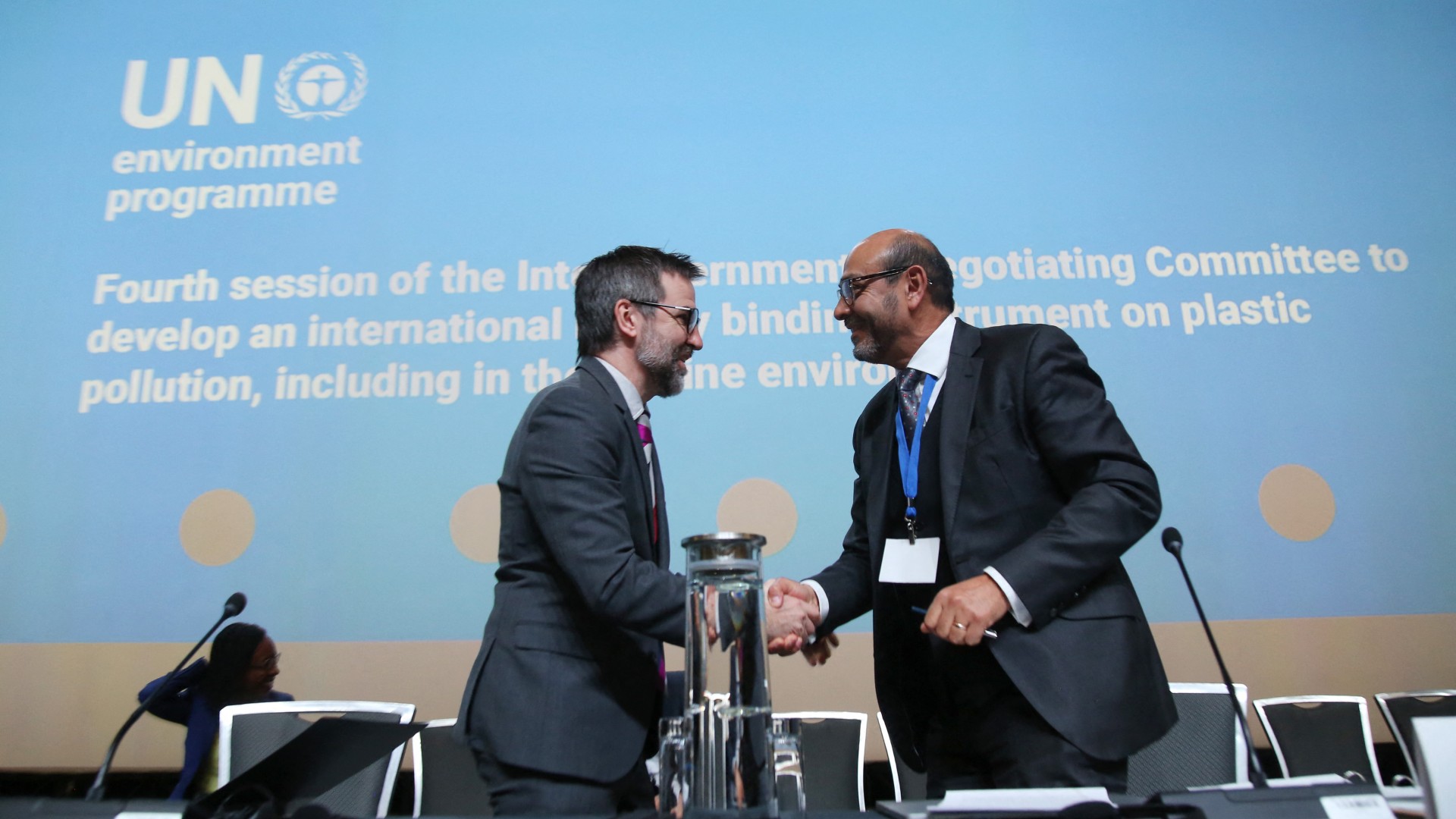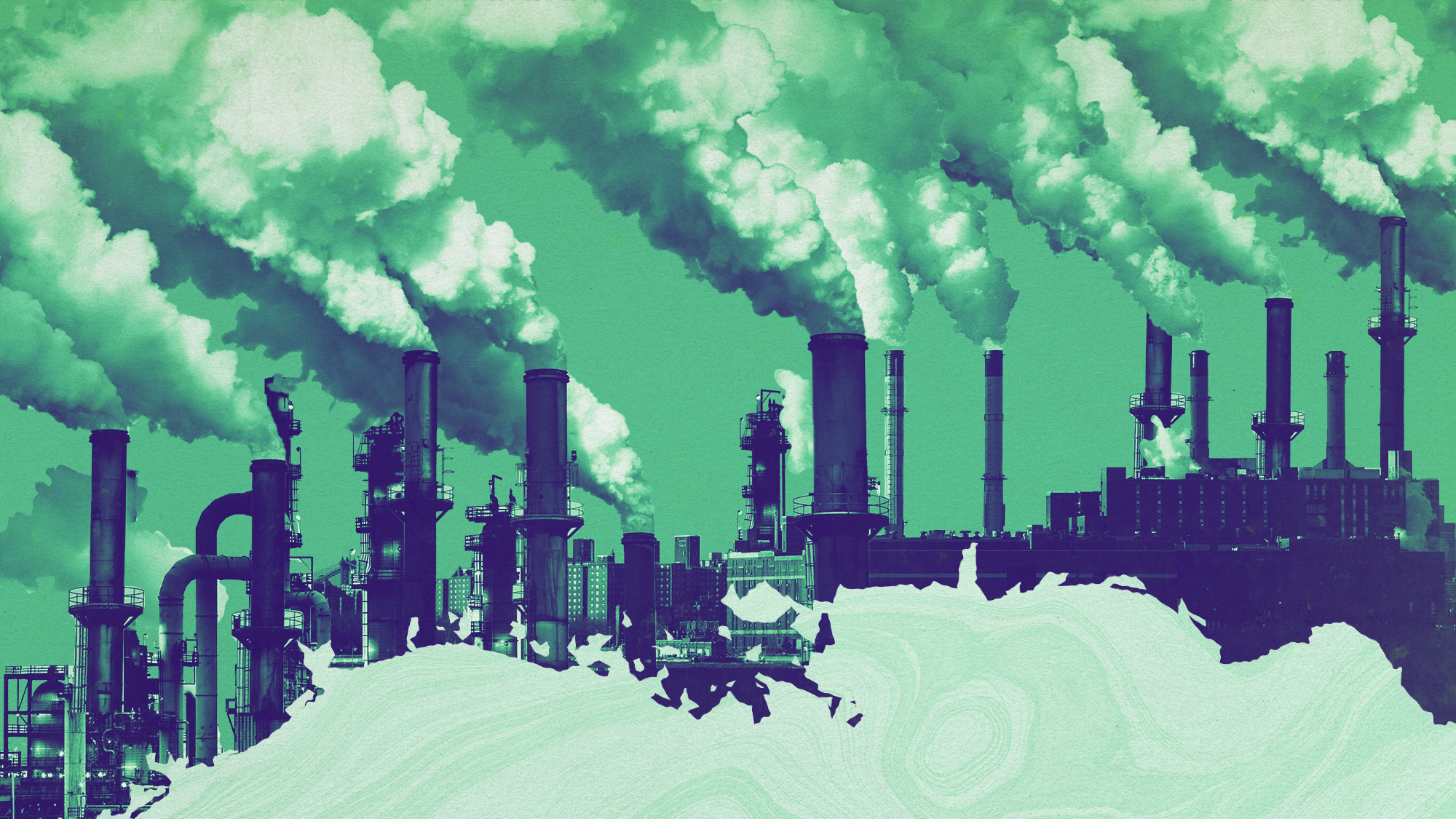Dark Waters: is pollution threat a ‘ticking timebomb’?
New Mark Ruffalo film is helping to popularise the story of PFAS pollution

David Megson, Senior Lecturer in Chemistry and Environmental Forensics, at Manchester Metropolitan University, explores the risks of “forever chemicals” in an an article originally written for The Conversation.
If you live in the US or Australia, you’re likely to know about PFAS (or perfluoroalkyl and polyfluoroalkyl substances). But in the UK, few people have heard of them, despite one scientist I know describing the presence of these pollutants in UK groundwater as “a ticking timebomb”.
Dark Waters, directed by Todd Haynes and starring Mark Ruffalo, has helped popularise the story of PFAS pollution in the US. It focuses on true events in the US town of Parkersburg, West Virginia, where a local factory began making Teflon in the 1950s. Despite the industry allegedly knowing the risks of these compounds, over 1.7 million pounds of PFOA – a particular type of PFAS – were emitted to the environment between 1951 and 2003.
The Week
Escape your echo chamber. Get the facts behind the news, plus analysis from multiple perspectives.

Sign up for The Week's Free Newsletters
From our morning news briefing to a weekly Good News Newsletter, get the best of The Week delivered directly to your inbox.
From our morning news briefing to a weekly Good News Newsletter, get the best of The Week delivered directly to your inbox.
Research suggests that the safety threshold for PFOA in drinking water may be as low as 0.1 parts per trillion. That’s 700 times lower than the safe level that has been cited by the Environmental Protection Agency in the US. Since 1951, over 50,000 Parkersburg residents have been affected by PFAO contamination in their drinking water.

It wasn’t an incompetent small-time outfit that was implicated in the scandal, but the multinational DuPont. The case rolled on through the 1990s and early 2000s, ultimately resulting in a class action lawsuit worth several hundred million dollars. But the toxic influence of PFAS stretches beyond Parkersburg and DuPont. Today, the whole planet is contaminated with them.
For much of my career, I’ve worked as an environmental forensic investigator, identifying sources of pollution and measuring the exposure to humans and wildlife. As scientists, we’re normally reserved in our choice of words, but PFAS could be described as one of the most dangerous groups of pollutants in the world today.
Dream additive, nightmare pollutant
A free daily email with the biggest news stories of the day – and the best features from TheWeek.com
PFAS are a group of synthetic organic chemicals that consist of multiple fluorine atoms attached to a carbon backbone. They are incredibly useful compounds with great waterproofing properties. They’re added to coats and coffee cups to stop liquids leaking in or out. They’re also used in food packaging to stop grease seeping through and frying pans to help make washing up easier. PFAS can also form effective foams which are used by firefighters to combat some of the most extreme fires, such as on oil rigs and in airports. So what’s the problem?
Well, for one, PFAS are highly toxic. They persist in the environment and accumulate in animal tissue so effectively that they’ve been nicknamed “forever chemicals”. PFAS exposure has been linked to several different diseases, including testicular and kidney cancer. They are also soluble in water, which means that they can travel much faster through the environment than other persistent organic pollutants such as PCBs and dioxins.
PFAS have been used for decades, and their levels in the environment are increasing. It’s only recently that we discovered that they are even present in remote Arctic regions, where there is no known local source. While research has helped establish contamination levels in the US and Australia, much less is known about the UK, where PFAS have been widely used for decades. They must be accumulating in the environment somewhere.
Understanding the scale of the issue is one thing, and was an important first step in adding the PFAS compounds PFOS and PFOA to the Stockholm Convention, an international treaty focused on eliminating persistent organic pollutants, in 2009 and 2019 respectively.
The manufacture of these two chemicals is now being phased out, but other PFAS compounds are being used in their places. These are still likely to be toxic and persistent and to accumulate in ecosystems. A recent study estimated that there are over 4,700 different PFAS compounds in the world today. Rather than having high concentrations of a small number of PFAS, there is a high total concentration of a wide number of PFAS. The problem hasn’t gone away, it has just got more complicated.
How we uncover the truth
In forensic investigations of pollution, scientists have to identify who is responsible. The case depicted in Dark Waters was pretty clear cut, but there are so many different potential sources of PFAS, as they have been used widely for decades in many different products. This can make identifying one source of PFAS from another difficult.
I research new techniques for measuring pollutants in the environment that can differentiate between sources. One technique, called chemical fingerprinting, can identify sources of pollution by comparing the chemical composition of a suspected source material to the chemical signature found at the pollution site. This is similar to traditional forensic fingerprinting, where police compare a suspect’s fingerprints to those found at a crime scene. These signatures can change over time as the chemicals are degraded and altered in the environment, but we have developed methods to cope with this.
Scientists are often hired as expert witnesses and called to court to present evidence and explain who is responsible for a pollution incident. While we might get paid by a company we are defending, our duty is to provide a balanced assessment of the evidence to the court. This is the only way that those who have been affected by environmental pollution can obtain some kind of justice.
Dark Waters might increase public awareness of PFAS in the UK and other countries when it launches on 28 February, but could it drive research to uncover environmental contamination? Scientists have all the tools at their disposal to undertake this task. It is just a matter of funding and public support.
David Megson, Senior Lecturer in Chemistry and Environmental Forensics, Manchester Metropolitan University
This article is republished from The Conversation under a Creative Commons license. Read the original article.
-
 7 bars with comforting cocktails and great hospitality
7 bars with comforting cocktails and great hospitalitythe week recommends Winter is a fine time for going out and drinking up
-
 7 recipes that meet you wherever you are during winter
7 recipes that meet you wherever you are during winterthe week recommends Low-key January and decadent holiday eating are all accounted for
-
 Nine best TV shows of the year
Nine best TV shows of the yearThe Week Recommends From Adolescence to Amandaland
-
 ‘Like a gas chamber’: the air pollution throttling Delhi
‘Like a gas chamber’: the air pollution throttling DelhiUnder The Radar Indian capital has tried cloud seeding to address the crisis, which has seen schools closed and outdoor events suspended
-
 Why is the world so divided over plastics?
Why is the world so divided over plastics?Today's Big Question UN negotiations on first global plastic treaty are at stake, as fossil fuel companies, petrostates and plastic industry work to resist a legal cap on production
-
 Anti-anxiety drug has a not-too-surprising effect on fish
Anti-anxiety drug has a not-too-surprising effect on fishUnder the radar The fish act bolder and take more risks
-
 Oysters from New York's past could shore up its future
Oysters from New York's past could shore up its futureUnder the Radar Project aims to seed a billion oysters in the city's waterways to improve water quality, fight coastal erosion and protect against storm surges
-
 Ottawa climate talks: can global plastic problem be solved?
Ottawa climate talks: can global plastic problem be solved?In the Spotlight Nations aim to draft world's first treaty on plastic pollution, but resistance from oil- and gas-producing countries could limit scope
-
 EPA limits carcinogenic emissions at 218 US plants
EPA limits carcinogenic emissions at 218 US plantsSpeed Read The new rule aims to reduce cancer-causing air pollution in areas like Louisiana's 'Cancer Alley'
-
 The push for net zero
The push for net zeroThe Explainer Britain has committed to reaching net-zero carbon emissions by 2050. What will this involve?
-
 Poor pollution regulation (still) impacts the lives of Gulf Coast residents
Poor pollution regulation (still) impacts the lives of Gulf Coast residentsUnder the Radar Many people in the region are experiencing health problems as a result of nearby refineries